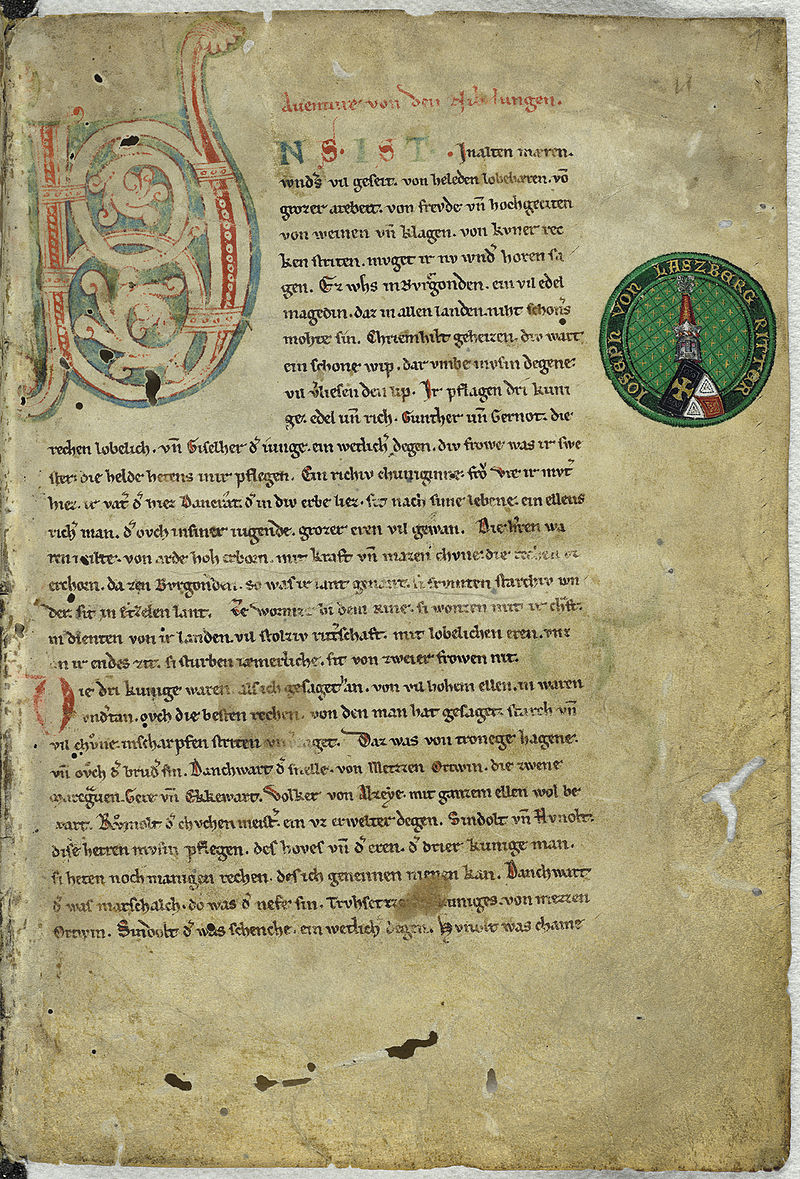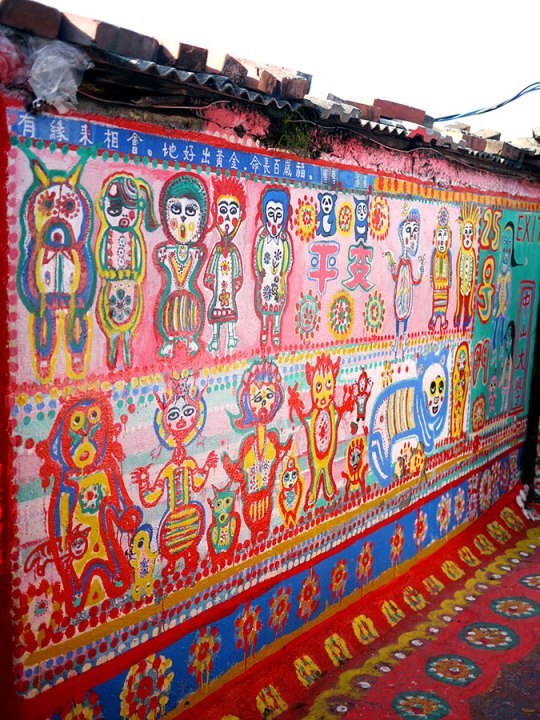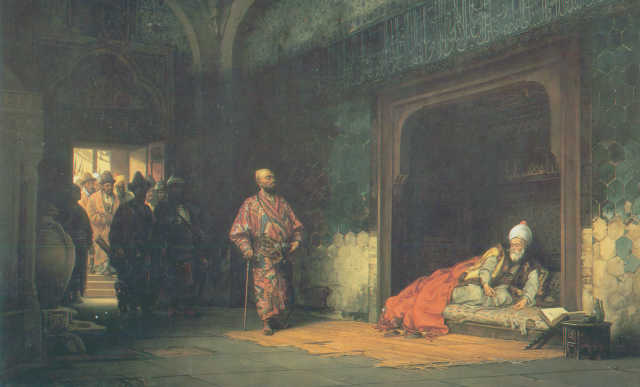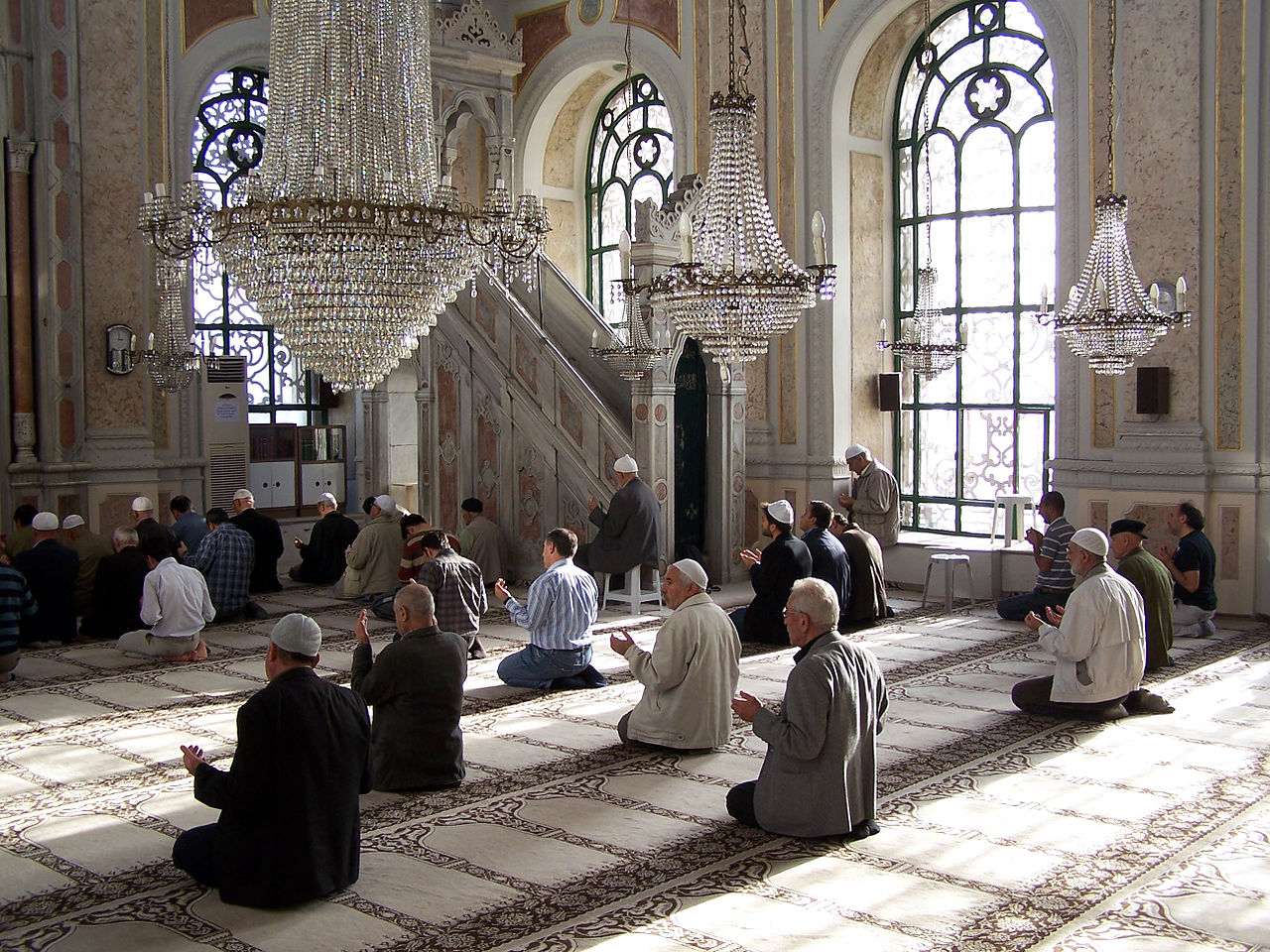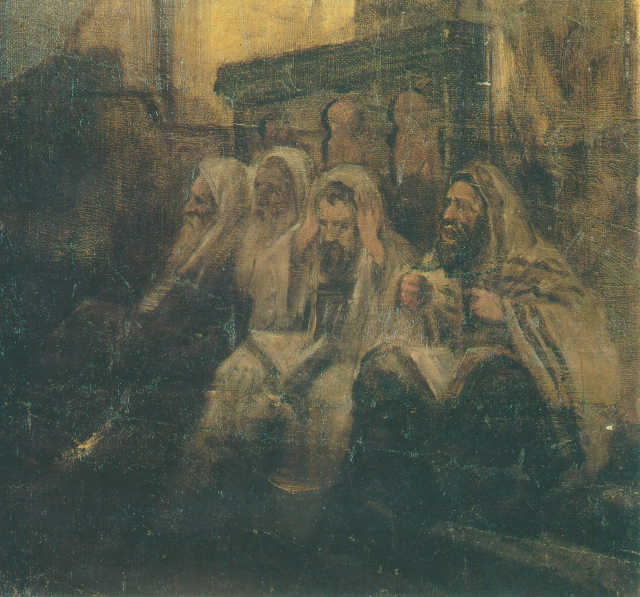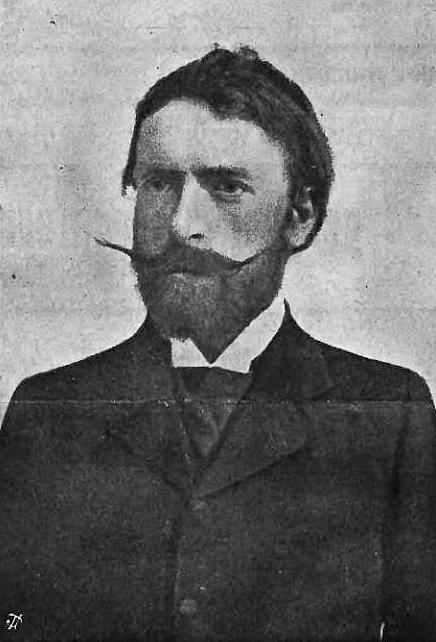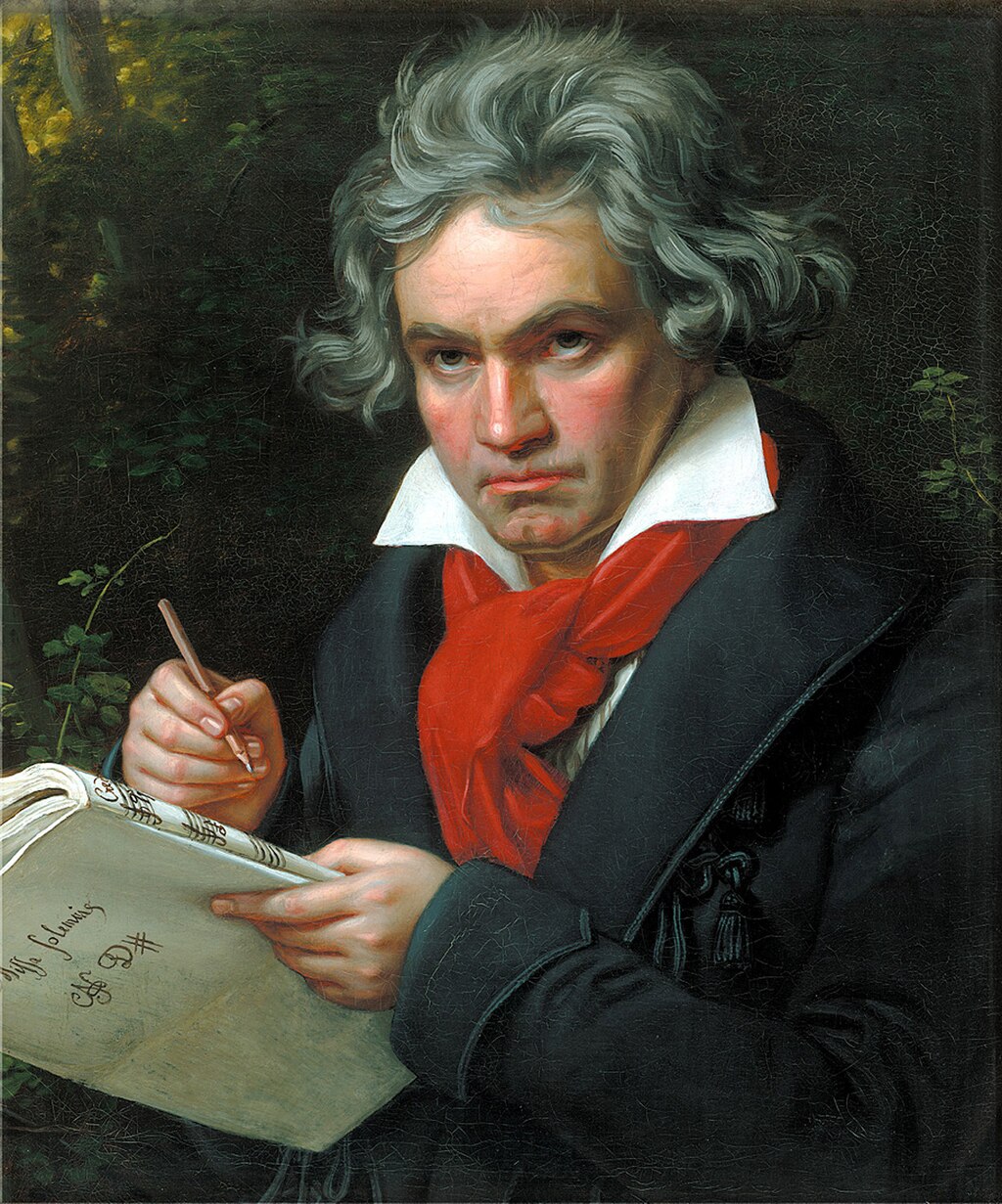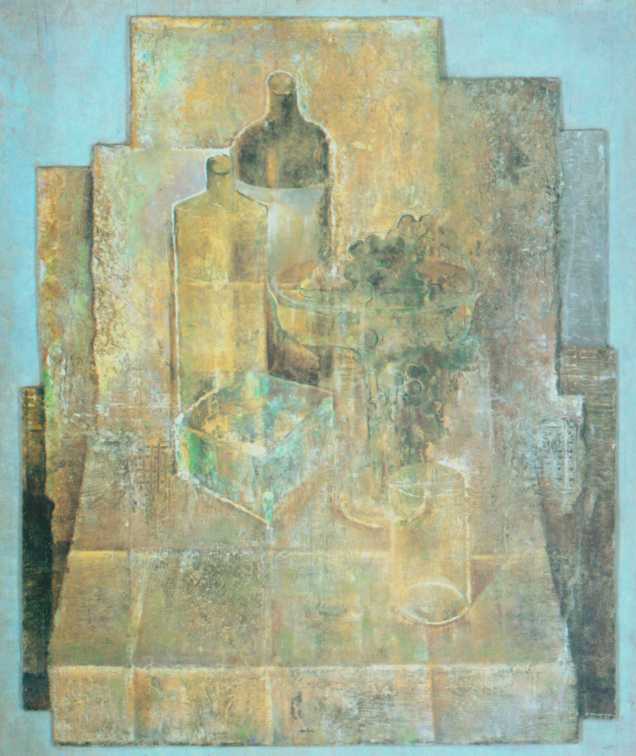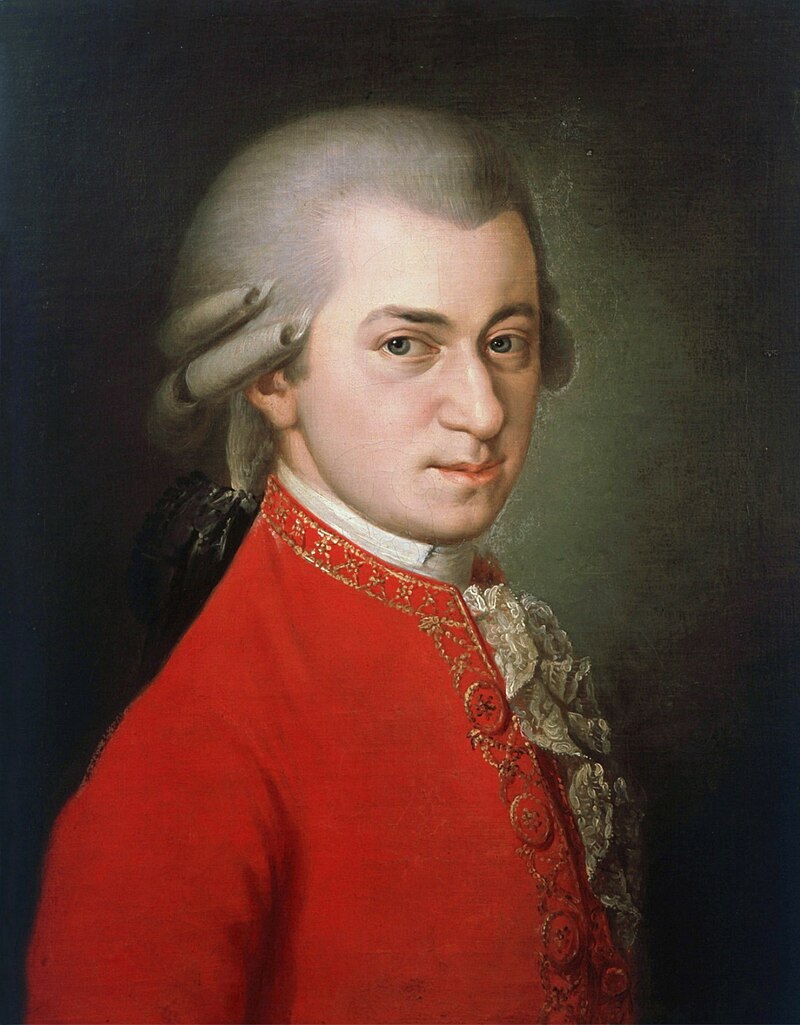 Whirling dervishes
Whirling dervishes
The great Turkish poet and mystic Mevlana Celaleddin-i Rumi was born in September 1207 r. in the city of Balkh (in northern Afghanistan). The nickname "Mevlana” his disciples gave him, and it means more or less "our great master” (arab ), and Rumi came from here, that after conquering most of Anatolia, the Seljuks called the lands Rums, that is, "once belonging to Rome”. Therefore, the name of the Seljuk Sultanate was Rum, and because Celaleddin was active in the capital of the Sultanate, Rumi is added to his name. Mevlana's father Behaeddin Veled was a famous theologian, and with his son he came to Konya at the special invitation of Sultan Alaeddin and Keykobad in 1220 r. Before that, he taught in Karaman, where a madrasah was built especially for him. Upon arriving in the capital of the Sultanate, Celaleddin learned from his father, but when he died, he began studying with the mystic Burhaneddin Termizi, and he expanded his education in schools in Aleppo and Damascus.
W 1244 r., already teaching theology in Konya schools, Celaleddin met a wandering dervish (follower of Sufism – the direction widespread in Islam in the 8th century., with a special emphasis on contemplation; the Dervishes were characterized by poverty and total devotion to God) Semsedinna Tabrizi, which changed Rumi's perception of the relationship between his own being and love for God. Semsedinn had such a great influence on Celaleddin, that this one became his follower, Tabrizi possessed his soul. Seeing it, Rumi's students and sons banished from the city of Semsedinna, but when it returned as a result of Mevlana's efforts, soon news of him was lost (1247). He was probably murdered.
After this painful loss, Rumi began to meditate and believed in the idea of finding a mystically loved being in himself., and by combining prayer with music and ecstatic dance he led to the union of his being with God. During this time, he wrote many philosophical and theological works – very important for the world of Islam. The primary one is Mesnevi, among the most outstanding Persian and Islamic works on mysticism. Another important work is Divan-i Sems, a collection of poems of a really high artistic level. Mevlana died 17 of December 1273 r., but no one was sad at the time, for according to his doctrine he achieved the most beautiful thing with death – union, fusion with God. Rumi wanted a modest burial, but he was so famous during his lifetime, that his funeral was attended by approx. 1000 people. He was buried next to his father in the tekke garden (dervish monastery), where a beautiful tomb was built in the following years.
After Mevlana's death, his son Sultan Velet organized a brotherhood of spinning dervishes, also known as the Order of Mevlana. A lot of tekkas were created all over Anatolia at that time, but some of them, like primal dervishes, they led an itinerant lifestyle. Over time, the brotherhood gained great influence throughout the Turkish state, under the Ottomans, many sultans were its members. Many pilgrimages of the faithful continue to Rumi's tomb to this day. The monastery served until 1925 r. as the center of religious and cultural life not only in Konya, but also the whole country. This year, the activity of the dervishes was put to an end by Ataturk due to their conservatism and monarchist views.. The monastery was then transformed into a museum. Brotherhood, as a cultural association, revived in the years 60., and meetings and dances may be held on the day of the founder's death -17 of December. There is a festival in Konya throughout the week, during which mewlewite dances are shown.
 The ritualistic dance of the dervishes is called Sema, a consists in spinning around its axis with straightened arms, of which the right is open upwards, and the left one down. It is a gesture that symbolizes giving people God's blessing, because the dervish united with Him in dancing. Dervishes, clothed in white garments, spinning faster and faster for approx. 10 min, they achieve bliss and ecstasy, for they are free from earthly affairs. At the end, the master joins them, which previously checked the correctness of gestures. All this is done to the accompaniment of music (mainly flutes and drums).
The ritualistic dance of the dervishes is called Sema, a consists in spinning around its axis with straightened arms, of which the right is open upwards, and the left one down. It is a gesture that symbolizes giving people God's blessing, because the dervish united with Him in dancing. Dervishes, clothed in white garments, spinning faster and faster for approx. 10 min, they achieve bliss and ecstasy, for they are free from earthly affairs. At the end, the master joins them, which previously checked the correctness of gestures. All this is done to the accompaniment of music (mainly flutes and drums).



